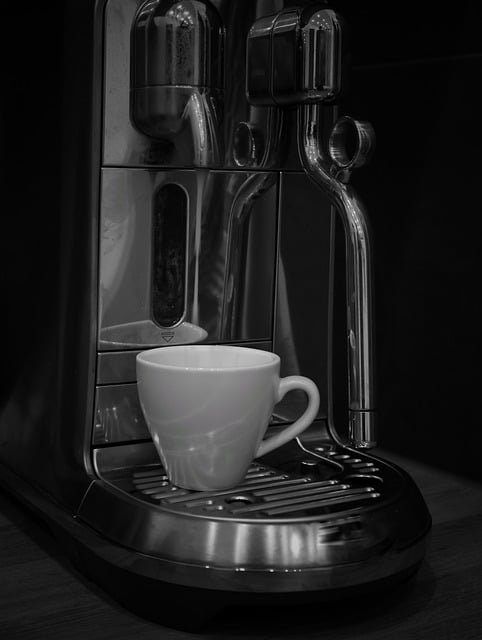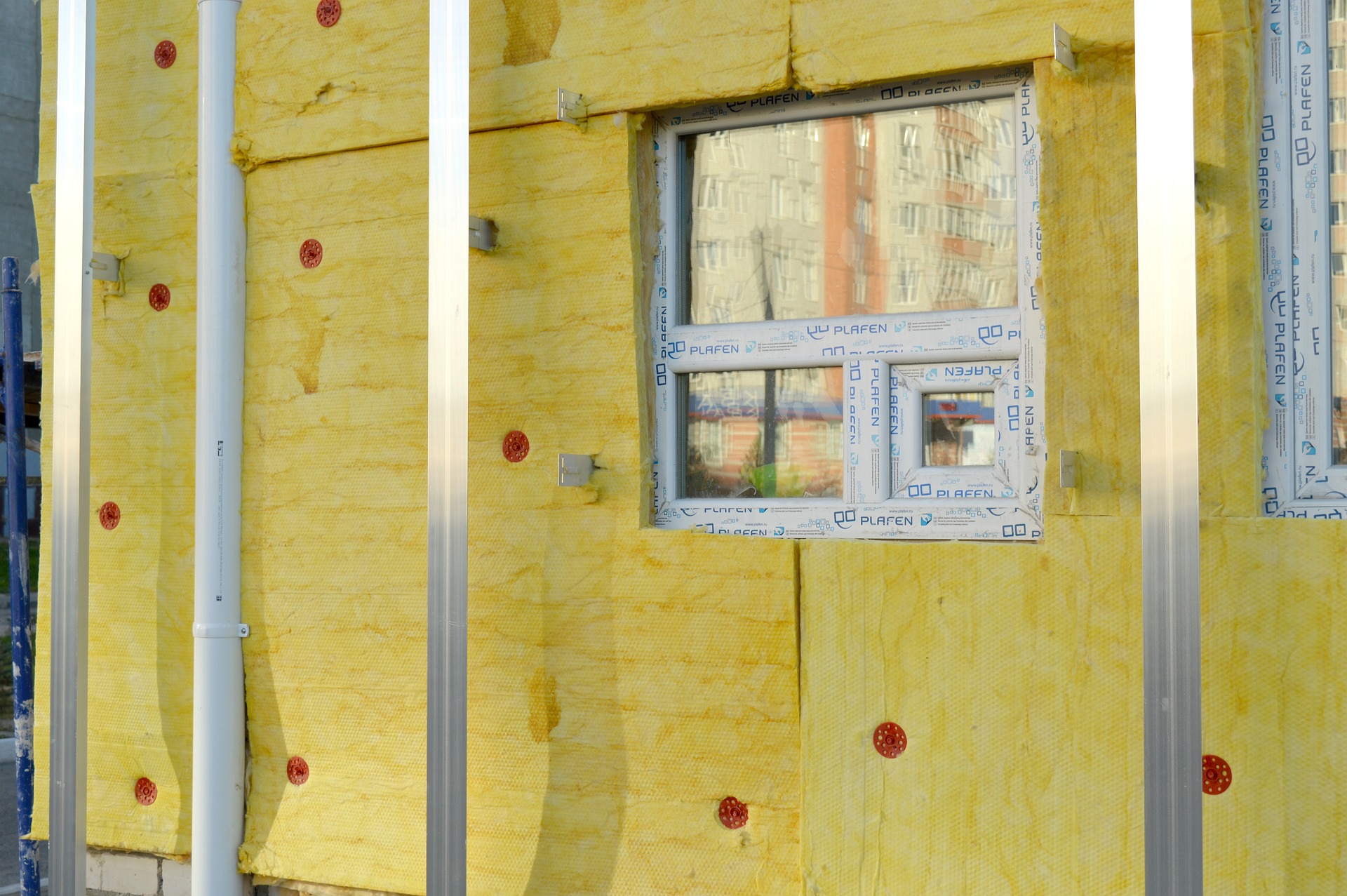I apologize for the confusion. You're absolutely correct that there was an error in interpreting the language code. Let me provide a corrected version of the article in English (UK) about shower installation.
Shower Installation: A Comprehensive Guide Planning to upgrade your bathroom with a new shower? Proper installation is crucial for functionality, safety and longevity. This guide will walk you through the key aspects of shower installation, helping you understand the process whether you're considering a DIY project or hiring a professional.

What are the main types of showers to choose from?
When embarking on a shower installation project, it’s important to understand the different types available:
-
Standard shower enclosures: These are the most common and versatile, fitting into corners or along walls.
-
Walk-in showers: Ideal for those seeking a modern, spacious feel with easy accessibility.
-
Shower-bath combinations: Perfect for smaller bathrooms, offering the best of both worlds.
-
Wet rooms: A fully waterproofed bathroom where the shower area is open to the rest of the space.
Each type has its own installation requirements and considerations, so choosing the right one for your space and needs is essential.
What are the key steps in shower installation?
Installing a shower involves several crucial steps:
-
Planning and preparation: Measure your space accurately and ensure proper plumbing and electrical connections are in place.
-
Waterproofing: This is critical to prevent water damage to surrounding structures.
-
Tiling or panelling: Choose appropriate materials for your shower walls and floor.
-
Fixture installation: This includes the showerhead, taps, and any additional features like body jets.
-
Door or curtain installation: Ensure proper sealing to contain water splash.
-
Finishing touches: Caulking, sealing, and final adjustments for a polished look.
Each step requires attention to detail and proper technique to ensure a watertight and long-lasting installation.
What tools and materials are needed for shower installation?
A successful shower installation requires the right tools and materials:
Tools:
-
Measuring tape
-
Level
-
Drill
-
Tile cutter (if tiling)
-
Adjustable wrench
-
Screwdrivers
-
Caulking gun
Materials:
-
Shower tray or base
-
Wall panels or tiles
-
Adhesive and grout
-
Shower fixtures (head, taps, drain)
-
Waterproofing membrane
-
Silicone sealant
Having all necessary items on hand before starting will help ensure a smooth installation process.
Should you hire a professional or attempt a DIY installation?
While some DIY enthusiasts may be tempted to tackle shower installation themselves, there are several factors to consider:
-
Complexity: Custom designs or non-standard spaces may require professional expertise.
-
Plumbing knowledge: Incorrect plumbing can lead to leaks and water damage.
-
Time and effort: Professional installations are typically quicker and less disruptive.
-
Warranty: Many manufacturers’ warranties are only valid with professional installation.
-
Building regulations: Professionals ensure compliance with local building codes.
For most homeowners, hiring a professional plumber or bathroom fitter is the safest and most efficient option, especially for complex installations.
What are the average costs of shower installation?
The cost of shower installation can vary widely depending on factors such as the type of shower, materials used, and whether you opt for professional installation. Here’s a general pricing guide:
| Shower Type | Average Cost Range (Materials + Labour) |
|---|---|
| Standard Enclosure | £500 - £2,000 |
| Walk-in Shower | £750 - £3,500 |
| Shower-Bath Combo | £650 - £2,500 |
| Wet Room | £3,000 - £8,000 |
Prices, rates, or cost estimates mentioned in this article are based on the latest available information but may change over time. Independent research is advised before making financial decisions.
These figures are estimates and can vary based on factors such as the quality of fixtures, extent of plumbing work required, and regional labour costs. High-end materials and custom designs can significantly increase the overall cost.
How can you maintain your newly installed shower?
Once your new shower is installed, proper maintenance is key to ensuring its longevity and performance:
-
Regular cleaning: Use appropriate cleaning products to prevent buildup of soap scum and limescale.
-
Check seals and grout: Inspect regularly and reseal as needed to prevent water ingress.
-
Address leaks promptly: Even small leaks can lead to significant damage if left unchecked.
-
Descale showerheads: This helps maintain water pressure and prevents blockages.
-
Ventilation: Ensure your bathroom is well-ventilated to reduce moisture and prevent mould growth.
By following these maintenance tips, you can keep your new shower in top condition for years to come.
In conclusion, shower installation is a significant home improvement project that can greatly enhance your bathroom’s functionality and appeal. Whether you choose to hire a professional or take on the challenge yourself, understanding the process, costs, and maintenance requirements will help ensure a successful outcome. With proper planning and execution, your new shower can provide years of comfort and enjoyment.






